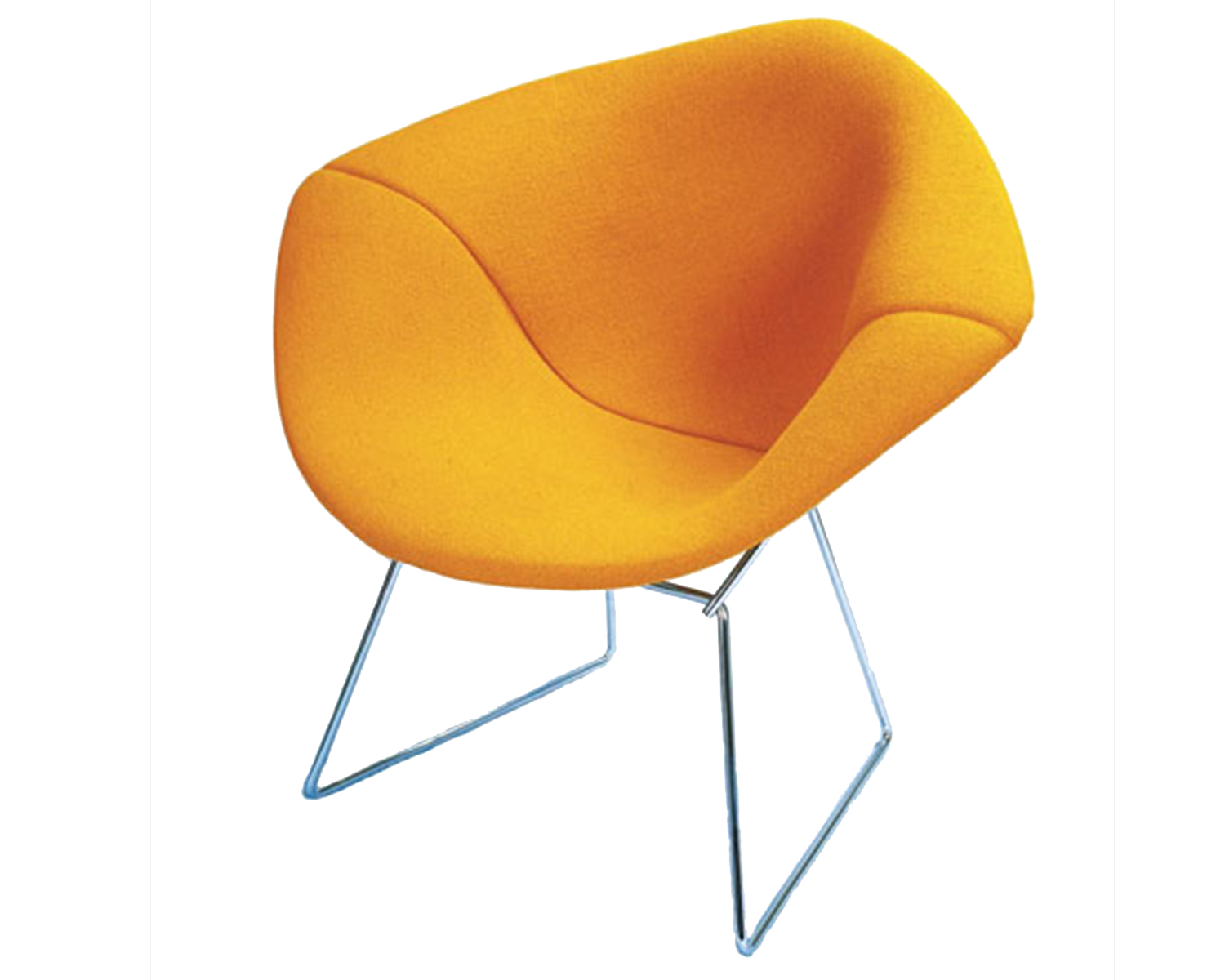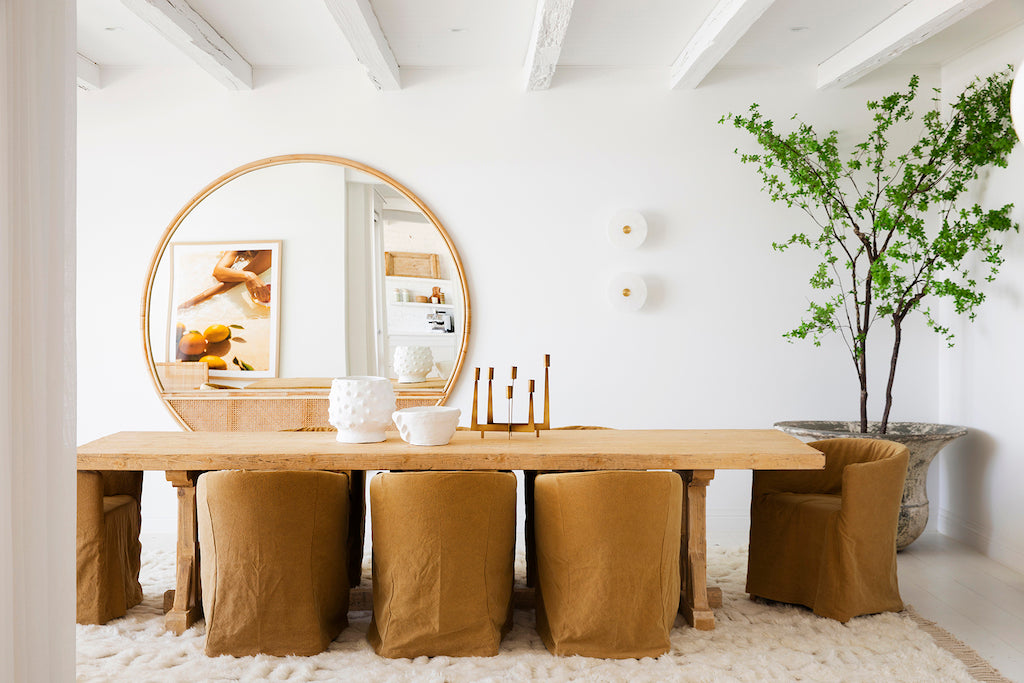The Resurgence of Mid-Century Modern: Why 1950s Antiques Are Booming in Popularity
March 11, 2025

The resurgence of the Mid-Century Modern (MCM) style in the interior design and home decor industry as retaken the glorious space. Here I am trying to explore why designers are opting for MCM designs in 2025. Growing demand for MCM products has created significant business opportunities for designers & decorators as well.
In the 1950s and 1960s United States saw immense changes in terms of innovation and design. The heritage of the design aesthetic of that era has again found new life in the 21st century. Carol J. Dyson explains Mid-century Modern which "expresses the period of American optimism and economic prosperity".
Mid-Century Modern is characterized by its clean lines, simple yet functional design, and a focus on natural and geometric shapes. This design movement has gained renewed popularity. It has attracted a new generation of enthusiasts who appreciate the timeless appeal of MCM furniture and décor.
In this article, I'll explore the reasons and factors behind the resurgence of Mid-Century Modern and its booming popularity.
1. Nostalgia and Historical Appeal

The nostalgia of MCM is deeply rooted in its appeal which can evoke fond memories of their grandparents's homes or some iconic television shows and movies from the 1950s and 1960s. It also provides people with comfort and familiarity in the age where rapid changes can be observed due to the modern industrial production process. The design aesthetics of the past allow the new generation to revisit the past through the amalgamation of contemporary and mid-century modern. It connects us to a simpler and optimistic time in American history. This sense of nostalgia and historical connection is a powerful driver of the MCM resurgence.
2. Timeless Design

One of the key reasons behind the popularity of Mid-Century Modern is its timeless design. The clean lines, minimalistic, and functional yet aesthetically pleasing design approach are the key characteristics that seamlessly integrate into modern & contemporary interiors. Whether you live in a minimalist apartment or a traditional family home, MCM can add a touch of elegance and sophistication to your interior. This adaptability of MCM with contemporary makes it an attractive choice for those seeking to blend the past with the present.
3. Sustainability and Quality
![How To Do Mid-Century Modern The “Modern” Way [ Source: stylebyemilyhenderson.com ]](https://stylebyemilyhenderson.com/wp-content/uploads/2022/06/Emily-Henderson_AD_Studio-Creed_14.jpg)
Mid-Century Modern's emphasis on quality and durability has gained new existence in the time of environmental friendliness. Furniture used to be built to last longer. High-quality materials like solid wood, natural fibers, and metals are the fundamental raw materials of MCM productions. Many consumers appreciate the sustainability aspect of MCM. As a result, these pieces can be restored and repurposed, reducing the demand for new furniture and minimizing waste. Additionally, MCM furniture's craftsmanship and attention to detail make it a lasting investment.
4. Iconic Designers

Iconic work of popular designers from the Mid-Century Modern era, like Charles and Ray Eames, Eero Saarinen, and George Nelson, still provide the framework for the modern-day designers for the incorporation of MCM in modern-day interiors. Products like Eames's Lounge Chair, Saarinen's Tulip Table, and the Nelson Coconut Chair have been undoubtedly celebrated for their innovation, elegance, and functionality. The recent popularity of MCM can also be attributed to the timeless appeal of those designer's products.
5. Versatile Aesthetic

Mid-century modern design incorporates a wide range of materials and textures, making it easier to blend with modern styles and aesthetics. Whether you prefer a Scandinavian, Bohemian, or industrial look, MCM can easily enhance your chosen design theme. This versatility allows designers to recalibrate their creativity while maintaining the core aesthetic values of of Mid-Century Modern.
6. Pop Culture Influence
![Source: National Design Academy [https://www.nda.ac.uk/]](https://www.nda.ac.uk/wp-content/uploads/2015/05/mad-men-season-5-dons-new-house-1024x680.jpeg)
The influence of Mid-Century Modern design in popular culture has played a significant role in its resurgence. TV shows like Mad Men and The Marvelous Mrs. Maisel have deliberately featured MCM interiors. The result renewed interest in this style. Additionally, MCM design elements can be found in countless films, advertisements, and fashion trends. This deliberate presence in the media has further popularized Mid-Century Modern these days.
Trends
To examine the resurgence of Mid-Century Modern, let's explore the recent trends in the antique and vintage furniture market and what experts are saying.
According to Ibisworld antiques and collectibles sales in the US industry in 2024 are expected to be around 2.6 billion. According to The Washington Post, MCM products were also quite popular during the pandemic.
Auction houses and antique dealers have also seen a rise in demand of MCM furniture and collectibles. Iconic MCM pieces are being sold at high prices at auctions. At the same time, some rare items are being sold for tens of thousands of dollars. This trend portrays the growing appeal of Mid-Century Modern in the collector's market.
To gain valuable insights and perspectives on the resurgence of Mid-Century Modern, I have taken references of experts and collectors who have significant experience in the antique industry.
Tom Gibbs, a Midcentury-Modern design expert, explains, "Part of it is that it puts a smile on your face. It reminds you of the fifties – that post-war, pre-Vietnam time in America. And it has a fresh, clean look."
Julian Goldklang and Desiree Myers of Mid Century Møbler explain the Mid-Century Modern design era as "The 1950s and 1960s were a truly unique era for design, and the further you dig into it, the more you seem to uncover."
You can always be attracted to the sleek lines and innovative designs of the 1950s and 1960s. It's not just about nostalgia. It's about owning a piece of history.
The nostalgia, sustainability, aesthetics, and versatility are some of the elements that drive the appeal of MCM in modern times. So, I think that as modern designers are craving for more creativity in the age of digitalization, MCM will have a very permanent space in the contemporary design world. As humans can't go beyond the perspective of this universe, we frequently have to revisit the past and bring the best of the past to the future. In contemporary times, true innovation in the design world is neither achievable nor desirable. As a result, while we look to the future, the timeless elegance and functionality of MCM will have a significant influence in the modern designs and decorations.
